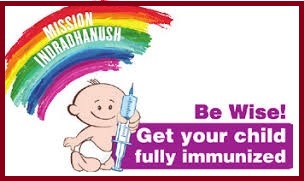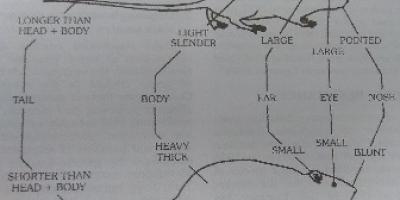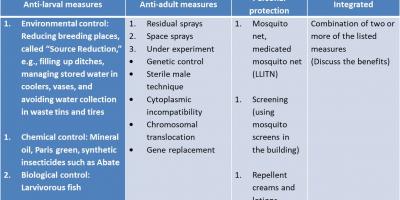Some Clinical features of diarrhea due to common causative organisms
The clinical features due to various causative agents may overlap and may even be atypical
Following is a list of commonly seen clinical features associated with different agents.
Also, the general principles of diarrhea management are similar for most causative agents.
CLINICAL FEATURES: CHOLERA
• Rice-watery stool
• Marked dehydration
• Projectile vomiting
• No fever or abdominal pain
• Muscle cramps
• Hypovolemic shock
• Scanty urine
CLINICAL FEATURES: E. COLI (ETEC) DIARRHEA






